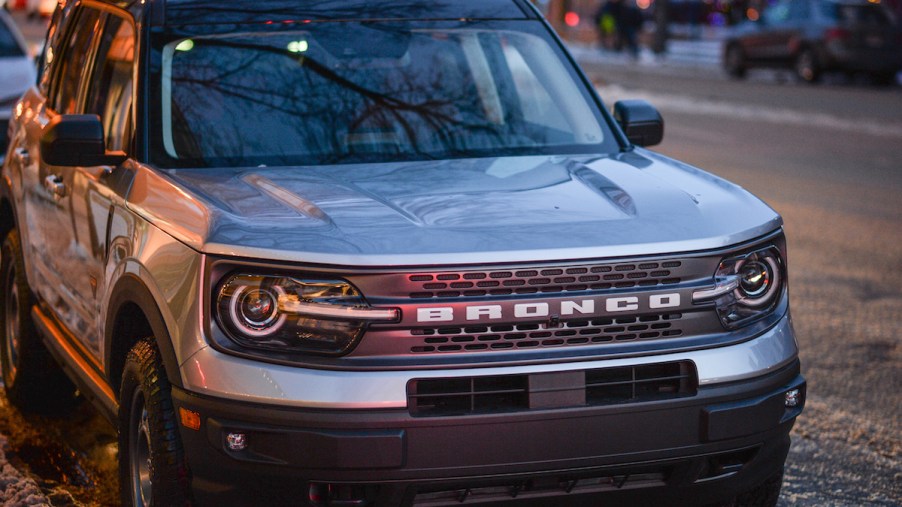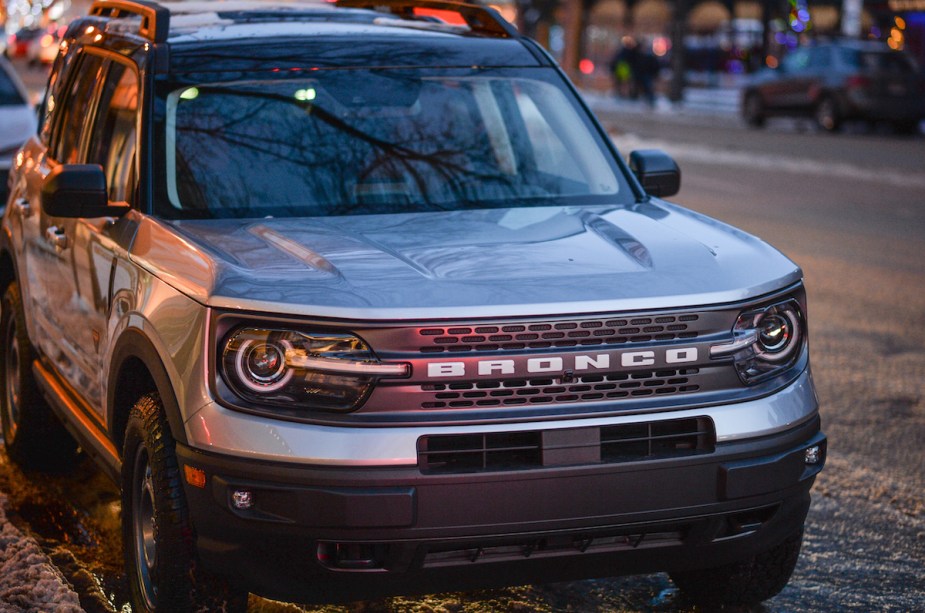
What the Difference Between a Multi-Purpose Vehicle and an SUV?
The car world is filled with a wide variety of terms, especially when it comes to the different types of vehicles. One of the latest classifications to enter the market is the multipurpose vehicle or MPV. So how are MPVs different from mid-size to full-size SUVs? Here’s a look at how they differ.
What are SUVs?

The term SUV means Sports Utility Vehicle. According to John Dory, it’s like a tougher-looking station wagon. And unlike station wagons, SUVs are designed to be driven off-road. Or that was the case when they were first designed during WWII.
Since then, SUVs now come in a variety of different sizes and have many uses. While many look tough, it’s not the type of vehicle that you want to take off-road. Still others, like the Ford Bronco, Toyota Tundra, and the Jeep Wrangler, are specifically designed for riding off into the great unknown.
The great thing about SUVs is that they generally have powerful engines, as well as four-wheel drive. They are well known for having a body more like a car, but they’re built on a truck chassis. Many families are turning to SUVs as their main vehicle thanks to the extra space, and comfortable ride.
The one major downside is that the fuel economy is not the best. There are many automakers who are focused on making it more fuel efficient, while still others are turning to hybrids and electric vehicles to remedy this Achilles heel.
MPVs are on the rise
For those who need to haul a large group of people on a regular basis, an MPV just makes sense. But what is it, exactly?
According to CarMax, MPVs, or multipurpose vehicles, are sort of like minivans on steroids. It’s designed with families in mind first, with interiors which are much more child-friendly than an SUV like the Mercedes-Benz G-Wagon. Most are designed to carry up to seven passengers without anyone squealing they don’t have enough room.
Automakers are now adding much more tech to make the ride go more smoothly. Many, like the 2022 Kia Carnival, come with more powerful engines, the ability to link mobile devices, and safety features like rear passenger-view cameras.
Another difference between MPVs and minivans is that there’s more room in the trunk. Minivans are notorious for a very small amount of space in the back, which requires drivers to drop the rear seats if they wish to bring much. This, in turn, requires that you either bring a second vehicle or bring fewer people along on vacations. It’s obvious to see how this could defeat the purpose of having a minivan.
Comfort isn’t as big of a focus in previous years, but that’s beginning to change. This is especially true for the dreaded rear seat, which has probably led to more arguments about who is going to be trapped back there than who will win the next Super Bowl. Automakers are also beginning to incorporate factors such as more legroom, and seats that don’t leave you numb after a ten-minute drive.
There are other terms for MPVs
While multipurpose vehicle has become the most well-known term for MPVs, there are other ways to describe this. They can also be called multi-person vehicle or multi-passenger vehicle. Multipurpose vehicle is generally the most accepted term, however.
There is no specific type of vehicle which falls into the MPV category, however. For example, campers, RVs, pickup trucks, SUVs, minivans, and vans can all technically be referred to as an MPV if you consider the fact that they carry multiple people. For general purposes, however, it’s easier to think of MPVs as the next generation of minivans.


